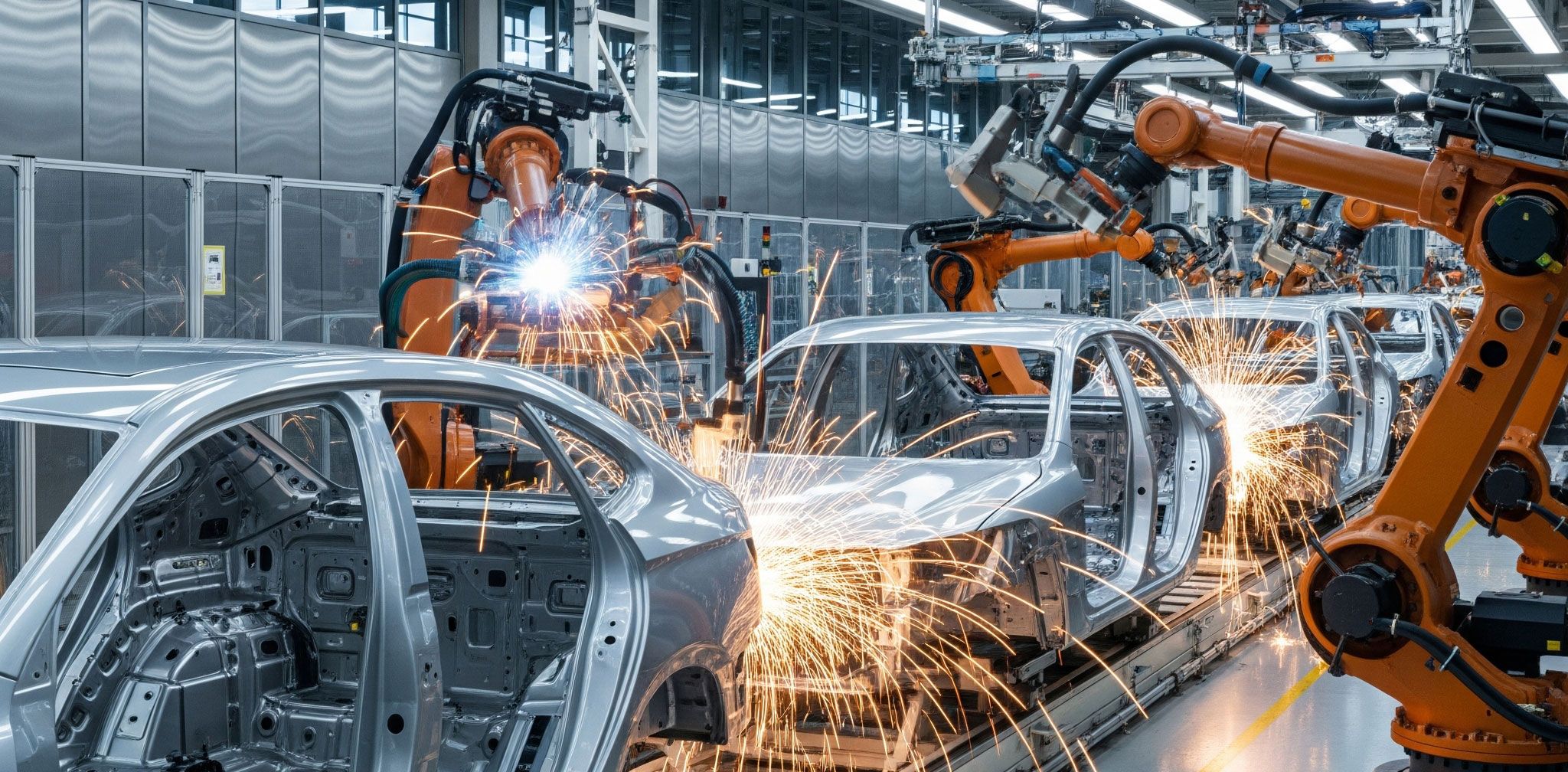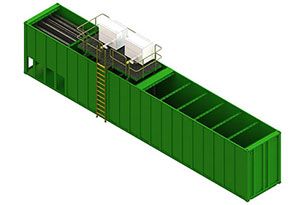Automotive manufacturing is a high-tech, precision-driven industry. But behind the gleaming assembly lines lies a significant environmental challenge: complex wastewater. From metal plating and parts washing to painting and finishing, each step generates effluent loaded with a diverse range of tough-to-treat contaminants. To meet strict environmental standards and uphold corporate sustainability goals, the industry is turning to advanced solutions like the Moving Bed Biofilm Reactor (MBBR).

The Complex Cocktail of Automotive Wastewater
Wastewater from an automotive plant is a mix of inorganic and organic pollutants that can be toxic and environmentally harmful. Key characteristics include:
- Heavy Metals: Processes like electroplating and phosphating introduce metals such as chromium, zinc, nickel, and copper into the wastewater.
- Oils & Grease: Machining, stamping, and parts washing result in high concentrations of emulsified oils and greases.
- Solvents & VOCs: Painting and coating operations release volatile organic compounds (VOCs) and other chemical solvents.
- High Total Suspended Solids (TSS): From metal fines, paint sludge, and other particulate matter.
The variable nature of these contaminants, combined with fluctuating production schedules, makes treating this wastewater a significant operational challenge.
MBBR: The High-Performance Engine for Treatment
An MBBR system is uniquely suited to handle the harsh conditions of automotive wastewater. The core of the technology is the biofilm that grows on thousands of engineered plastic carriers suspended within the reactor. This creates an incredibly dense and resilient population of microorganisms capable of breaking down a wide array of pollutants.
The self-regulating biofilm can withstand the toxic effects of heavy metals and chemical shocks, providing a level of stability that conventional treatment systems struggle to achieve. It creates a robust biological ecosystem that adapts to the specific contaminants in the waste stream.
Key Advantages for the Automotive Sector
Extreme Resilience
The attached-growth biofilm is highly resistant to the toxic shock loads from heavy metals and chemical dumps, ensuring consistent and reliable treatment without system failure.
Superior Pollutant Removal
MBBR is highly effective at reducing BOD and COD, and it facilitates the removal of specific contaminants like oils, phenols, and some heavy metals through biological action and biosorption.
Compact & Scalable
The high-efficiency treatment occurs in a small footprint, saving valuable space in a manufacturing facility. The system can be easily scaled to match plant production increases.
Operational Simplicity
MBBR systems are self-regulating and require minimal operator intervention, reducing labor costs and simplifying compliance management.
The Road to a Greener Assembly Line
For automotive manufacturers, effective wastewater treatment is not just a regulatory requirement—it's a critical component of a sustainable brand identity. MBBR technology provides a powerful, reliable, and cost-effective solution to manage complex industrial effluent.
By adopting MBBR, automotive plants can ensure they are not only producing high-quality vehicles but also protecting the environment with high-quality water discharge.
